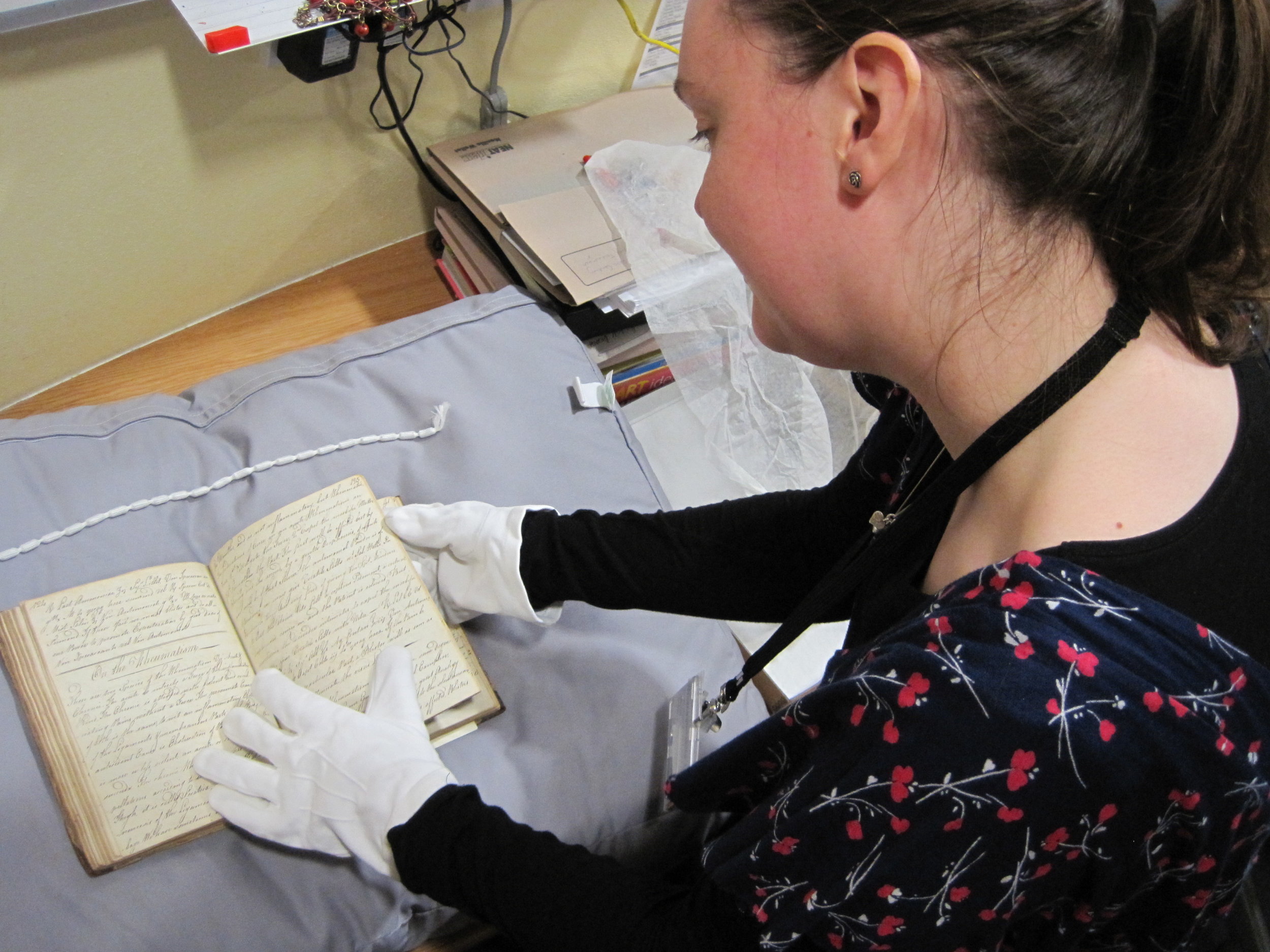Hello everyone,
My name is Nigel Adams and would like to welcome you to an occasional series of blogs covering historical medical electronics , specifically from the Marconi Company.
My background is that I joined Marconi Instruments as an apprenticed engineer in 1975 and remained with the company in various roles until its sale when the breakup of GEC (the Marconi holding company) occurred in 1998.
The business went through a number of ups and downs as do many similar industries and is now American-owned and no longer directly in the same sphere of business. But the history of the company as Marconi Instruments is a fascinating and varied journey through electronics development and how it impacted the way we lived and its effect on the environment through the years following the Second World War.
By way of introduction and to ‘set the scene’ so to speak, this first blog will look at the history of the company and its involvement on all forms of electronics that have been developed up to the time when the company ceased to exist as an operating identity.
Guglielmo Marconi was an Italian engineer with a flair for physics and scientific development, his early experiments with radio transmission gained him recognition in many scientific fields. Unfortunately he was unable to obtain sufficient support from the Italian government of the time and then relocated to Great Britain where he went on to establish the ‘Marconi Wireless Telegraph Company’ (MWT) around 1920 and headquartered in Chelmsford, Essex.
As the MWT business expanded, it required specialist test and measurement equipment to assist in production of its radio systems, additionally Marconi established a marine division that went on to specialise in Radar and other navigational electronic aids.
One of Marconi’s early claims to fame was the installation of his radio system onboard the RMS Titanic, which proved valuable in helping save some of the many lives from the stricken liner when it struck the iceberg in 1912.
Marconi himself continued research into shorter and shorter radio waves and ventured into further development of radar and X-ray technology until his death in 1937. As a mark of respect for his genius, all radio stations around the world closed down for a short period and the ether was as quiet as it had been before.
From this expansion was born Marconi Instruments in 1936, which previously, had collaborated with E.K. Cole of Southend on Sea who manufactured domestic radios amongst other items.
With the onset of WW2, the business was considered at risk of bombing, being so close to the east coast.
In a single weekend the business relocated initially to High Wycombe and then settling permanently in St.Albans around 1940, where it became the largest single employer.
Marconi Instruments remained in St.Albans until 1990, at one point occupying three separate sites at the same time. It was here that one of the product ranges ventured into the realm of medical equipment, and so the story begins…
For further reading about Marconi’s early life and his business developments, please see reference material at the George Marshall Medical Museum.
References.








